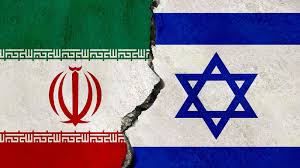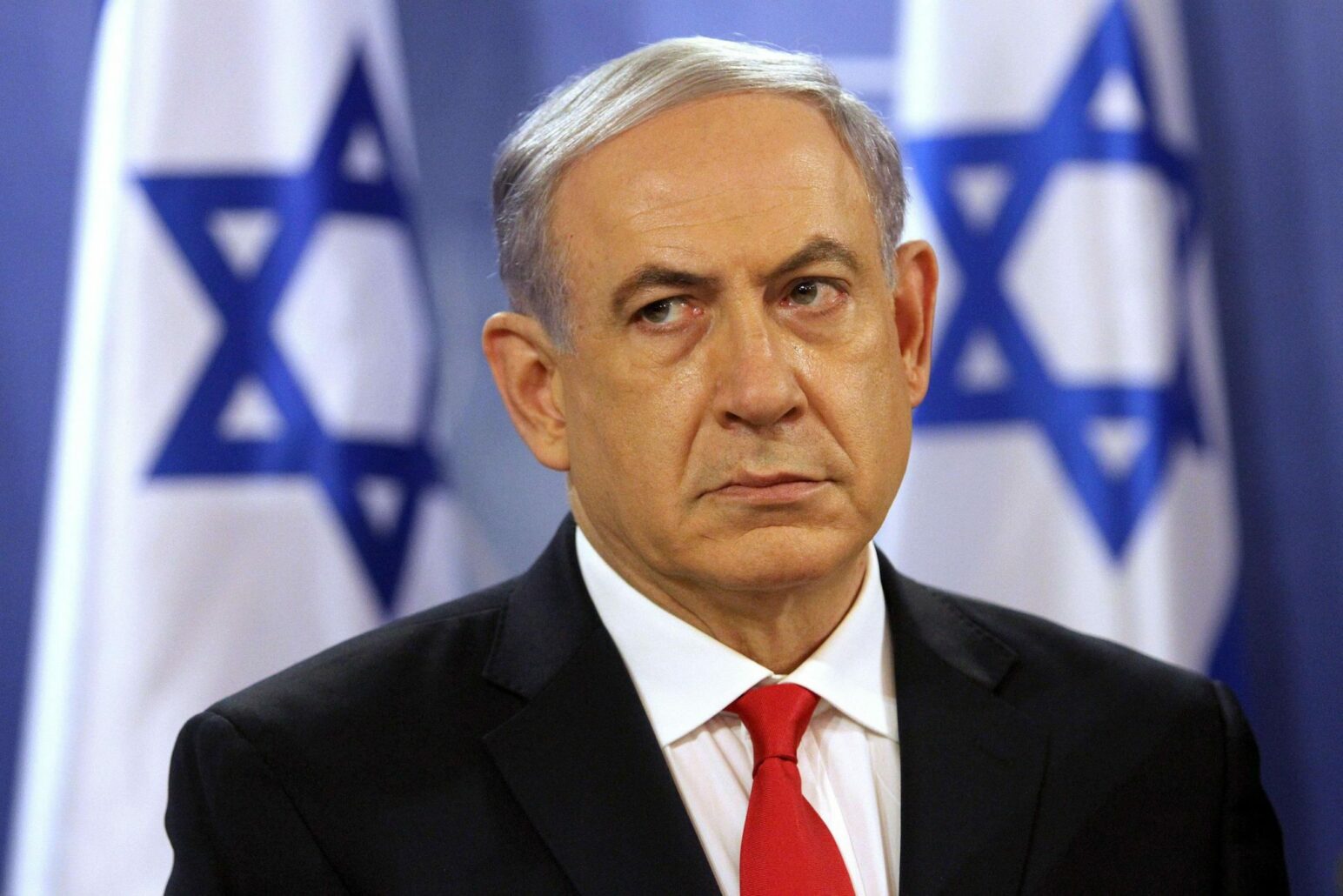The Military Balance 2022
At a time of ever-rising interest in defence and security affairs, the Military Balance is an essential analytical tool, providing data and analysis on the issues that will shape the international defence environment in 2022 and beyond
Two years into the coronavirus pandemic, armed forces across the world continue to support public health measures. This support is likely to persist if new COVID-19 variants emerge. Nonetheless, in 2021 many armed forces sought to resume activities that had been affected by the pandemic. Military training and exercises adapted to become COVID-secure, to the extent that was possible, and large-scale deployments resumed, such as the UK-led Carrier Strike Group 21. However, infection risks remained as armed forces grappled with introducing vaccinations and other preventive measures: COVID could still undermine operational readiness. At the same time, as in 2020, there was no reduction in conflict or confrontation. Heightened perceptions of great-power competition still motivated many countries’ defence-planning considerations and influenced important procurement decisions.
Persistent conflicts remained unresolved. In Africa, France moved to reshape its involvement in the Sahel, focusing its military presence around the Takuba counter-terrorist mission, while elsewhere, war in Ethiopia and insurgency in Mozambique provoked concern. In the Middle East, wars in Libya, Syria and Yemen continued, even if a combination of fatigue and stalemate led to tentative de-escalation.
Middle Eastern states also awaited decisions on future US force dispositions. In 2021 the US withdrew missile-defence batteries, and the Biden administration has said it would ‘right-size’ the US regional presence. Specific details, however, remained scant in advance of the National Security Strategy, expected in 2022. Moreover, reports of the conclusions of the Global Posture Review contained little firm detail other than the ambition to develop a more robust presence in both the Indo-Pacific and Europe. This was linked to the administration’s Interim National Security Strategic Guidance, which said the US would end ‘forever wars’.
Biden’s election brought expectations for an improved transatlantic dynamic. However, the manner of the US withdrawal from Afghanistan – and the knowledge among European states that they lacked the military capability to do anything but follow Washington’s decision – dampened hopes for a strengthened relationship, particularly when viewed alongside the diplomatic fallout in Europe from the announcement in September of the AUKUS arrangement. Despite unifying rhetoric, European allies were still expected to do more for their own defence. It is likely that this will be reflected in NATO’s new Strategic Concept and in the EU’s so-called ‘Strategic Compass’.
Defence spending
Nonetheless, it is clear that European states have turned a corner in terms of their defence spending, since Russia’s annexation of Crimea in 2014 and subsequent military intervention in eastern Ukraine upended the continent’s security landscape. In 2021, European defence spending grew by 4.8% in real terms, more than in any other region. This marked the seventh consecutive year of real-terms growth. The 2021 increase, combined with reduced spending in other regions, means that European spending represented 18.7% of the global total, after hovering between 16.5% and 17% annually since 2014.
The continued upward trajectory of European defence spending reflects sharpened threat perceptions. Moreover, this higher European spending is adjusted for inflation; elsewhere, surging inflation has reduced the effect of nominal defence-budget increases. Indeed, while global spending rose again in 2021, reaching USD1.92 trillion – 3.4% higher than in 2020 – inflation in all regions meant this amounted to a 1.8% reduction in real terms. There were real-terms spending contractions in Latin America, sub-Saharan Africa, the Middle East and North Africa and in Russia and Eurasia, even though nominal increases were evident across most regions. In real terms, spending in Latin America – largely insulated from any major threat – is at the same level as in 2009. Meanwhile, economic constraints in sub-Saharan Africa have continued to subdue defence expenditure. In real terms, the region’s spending in 2021 is the same as it was in 2012. If inflation continues to rise, it may increase pressure on defence budgets.
Defence spending in Asia has proven resilient, and there is little evidence that the pandemic has derailed planned defence investments. Total regional spending came to USD488bn in 2021, more than double the 2008 total of USD226bn. China accounted for 43% of total regional spending in 2021, with its defence budget of USD207bn supporting Beijing’s military modernisation. Our budget projections indicate that, if current trends continue, China’s official budget could reach just under USD270bn by 2030.
China and Russia
The public revelation that China was probably pursuing a significant expansion of its nuclear forces highlighted the breadth and scale of ambition underlying its military modernisation.
China’s naval transformation has in recent years been remarkable and rapid by any measure. Fully developing the capabilities of the People’s Liberation Army (PLA) Navy will, however, require further investments, not least in training. Nonetheless, the navy may be at an important stage in its force development. China’s shipbuilding output remains prodigious. Near-seas capability has been strengthened, with 72 Type-056/056A corvettes commissioned into service since 2012. But the commissioning of the first Type-075 large aviation-capable amphibious assault ship, continued aircraft-carrier development and the commissioning of a growing number of frigates and destroyers reflect determined efforts to develop a blue-water navy. In late April, in the presence of President Xi Jinping, the navy simultaneously commissioned its third Type-055 cruiser, a Type-094 nuclear-powered ballistic-missile submarine and the amphibious assault ship.
Importantly, as well as commissioning new vessels, the retirement of legacy platforms continued. The last Type-053H1 frigate in service is likely to decommission soon. Meanwhile, China’s Coast Guard is an important component of a three-layered maritime strategy alongside the navy and the maritime militia. The introduction of two 12,000+-tonne Zhaotou-class cutters was particularly noteworthy; these are the largest such coast guard vessels in the world.
The PLA Air Force has continued to exercise its capabilities, including close to Taiwan. From January to November 2021, the PLA conducted 230 incursions into Taiwan’s Air Defence Identification Zone. Over 800 aircraft were employed, including fighters, bombers and also special mission types, particularly KQ-200 anti-submarine warfare (ASW) aircraft, as well as ASW and army attack helicopters. Meanwhile, the appearance of China’s Y-20 transport aircraft in a tanker variant indicated not only that the days of the ageing H-6U may be numbered in that role, but also that China may soon possess a more modern means of refuelling its aircraft and extending their range over the South China Sea. The scale and quality of the air force’s re-equipment programme is concerning other air forces in the region (notably India, Japan and Taiwan) and also making it a credible peer-level threat to US forces. Beijing is also offering for export increasingly capable combat aircraft, uninhabited aerial vehicles and guided weapons, such as the PL-15 (CH-AA-10) medium- to long-range air-to-air missile – which only entered PLA service in 2018.
In late 2021, attention again focused on Russia’s build-up of forces near the border with Ukraine. The November build-up once more highlighted not just the military units Moscow could mobilise and deploy, but also the supporting civilian and military infrastructure that enabled this. The navy continued testing 3M22 Tsirkon sea-launched hypersonic missiles, with the first surface and submerged firings from a submarine, the Yasen (Project 885) vessel Severodvinsk, in October. The first serial-production Tsirkon weapons are scheduled to enter service in 2022. The Aerospace Forces have begun taking delivery of the first of up to 24 upgraded Su-34 Fullback bombers, but other air force re-equipment was limited: service entry for the Su-57 Felon remains some way off, while the new Checkmate combat aircraft concept is perhaps intended more for export. Meanwhile, Russia has looked to introduce upgraded capabilities in various locations, including in the Arctic and the Far East.
Regional reactions
It is clear that concern over Chinese and Russian military developments is driving regional as well as wider international military developments. In Europe, there is continued focus on improving combat air capabilities as well as air-defence and rocket artillery, while there is growing attention on countering the non-military tools that Russia employs as part of its overall strategy. These worries are also driving closer cooperation between NATO and non-NATO states that are particularly concerned by Russia’s activity, notably Finland, Sweden and Ukraine.
In Asia, China’s military modernisation provides a lens through which to examine regional states’ defence policies and capability development programmes. Much attention has focused on PLA activity near Taiwan, but Southeast Asian countries are also feeling Chinese military pressure. Indonesia’s government and armed forces have become increasingly concerned about Chinese activities inside its exclusive economic zone near the Natuna islands, while Malaysia’s government issued a tender for a new long-range air surveillance radar a month after its air force intercepted a formation of PLA transport aircraft 60 nautical miles off the coast of Sarawak State in May. Meanwhile, Japan is strengthening its military capabilities: it will acquire F-35Bs and its Izumo helicopter carriers will be modified to operate these aircraft.
In contrast to Europe, there is no multilateral alliance framework in Asia, so states there have used bilateral or mini-lateral groupings to support their security and defence efforts. An example is the AUKUS partnership, signed by Australia, the UK and US in September, which while initially concerned with helping Australia develop a nuclear-powered submarine capability is also intended to promote deeper collaboration between its three members on cyber, artificial intelligence (AI), quantum and ‘additional undersea’ capabilities. However, effective military cooperation also depends on a range of often unheralded bilateral agreements, for instance relating to military logistics support and intelligence sharing.
Technological change
China’s development of and integration of advanced defence technology continues at pace. US government officials reportedly expressed surprise at the level of technological sophistication evident in the August test of a hypersonic glide vehicle. China is, of course, not the only nation pursuing such technology. Russia’s boost-glide Avangard system is already entering service and other nations, including the US, are developing new hypersonic systems. But Beijing is attempting to build an overarching integrated strategic structure in which the civilian, defence and national-security sectors are closely aligned and coordinated. In Western states, attempts at civil–military technology collaboration have run into problems. As the speed of technological change accelerates, and as states look to integrate into their defence capabilities emerging technologies like AI and machine learning, it will be important for states in the West to tackle this issue. NATO is seeking to do so with its Defence Innovation Accelerator, but this will probably still rely on national pledges to the innovation fund, making effectiveness dependent on national priorities. At the same time, adopting more complex capabilities also risks creating vulnerability, for instance to adversaries targeting the systems on which networked armed forces depend. It also has the potential to complicate military cooperation, if not all members of an alliance can afford to keep up. Plans for increased Western military deployments to the Asia-Pacific will exacerbate these issues. The US may be able to afford to meet these tasks and to modernise its armed forces while facing challenges from China as well as Russia, but the same is not true of other Western or like-minded states. Moreover, the problem of managing these demands will only become more acute as long-term ‘strategic competition’ replaces ‘forever wars’ in the lexicon.
Source: https://www.iiss.org/blogs/analysis/2022/02/military-balance-2022-introduction





Déjanos tu comentario